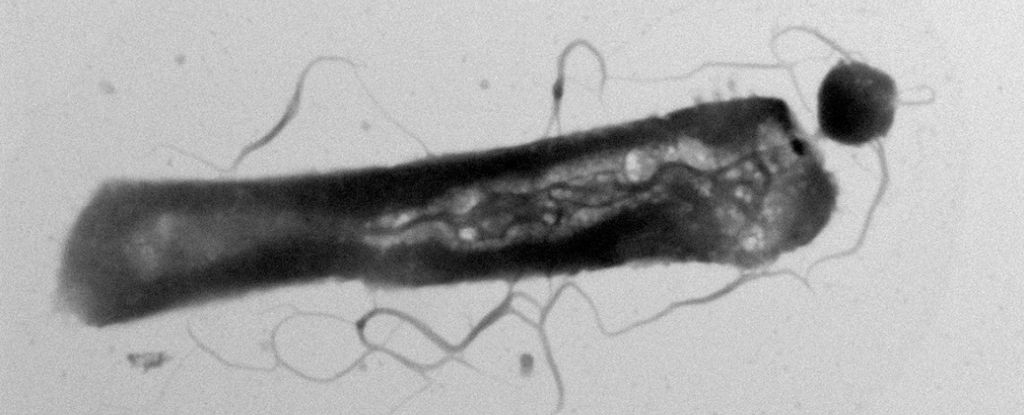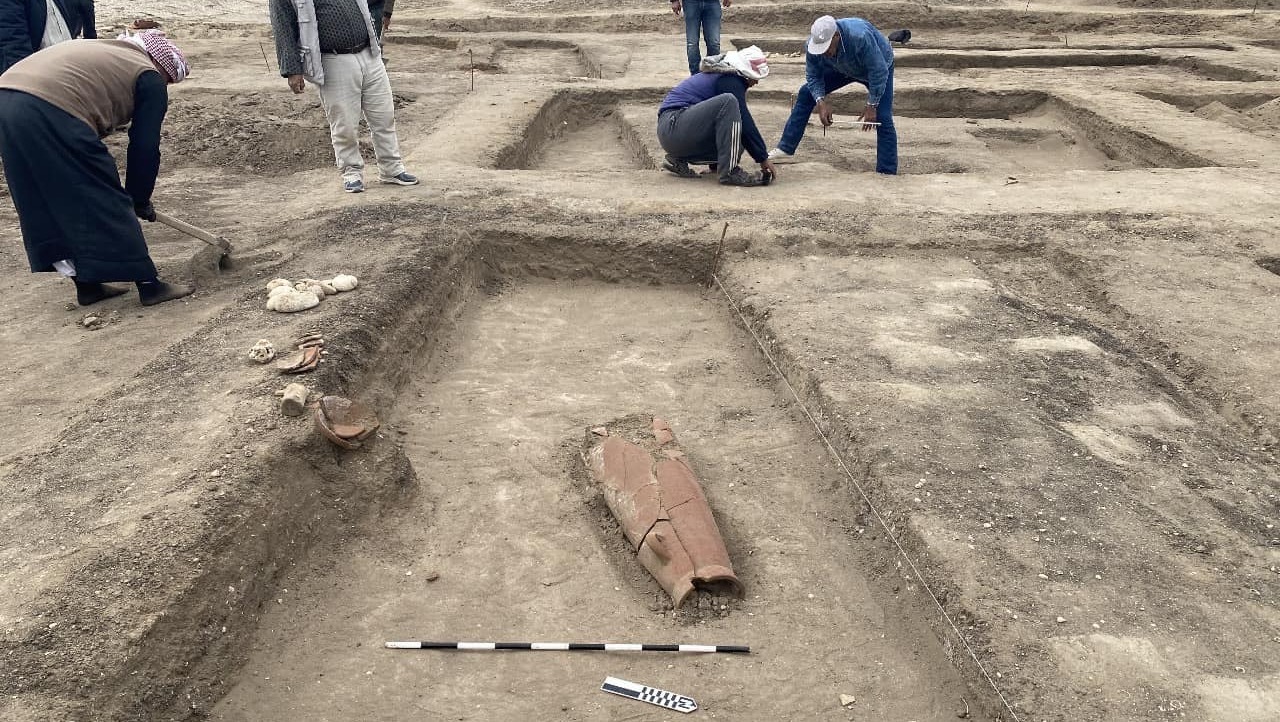Nutrients, Vol. 15, Pages 797: Anticancer Mechanism of Flavonoids on High-Grade Adult-Type Diffuse Gliomas
Nutrients doi: 10.3390/nu15040797
Authors: Shu Chyi Wong Muhamad Noor Alfarizal Kamarudin Rakesh Naidu
High-grade adult-type diffuse gliomas are the most common and deadliest malignant adult tumors of the central nervous system. Despite the advancements in the multimodality treatment of high-grade adult-type diffuse gliomas, the five-year survival rates still remain poor. The biggest challenge in treating high-grade adult-type diffuse gliomas is the intra-tumor heterogeneity feature of the glioma tumors. Introducing dietary flavonoids to the current high-grade adult-type diffuse glioma treatment strategies is crucial to overcome this challenge, as flavonoids can target several molecular targets. This review discusses the anticancer mechanism of flavonoids (quercetin, rutin, chrysin, apigenin, naringenin, silibinin, EGCG, genistein, biochanin A and C3G) through targeting molecules associated with high-grade adult-type diffuse glioma cell proliferation, apoptosis, oxidative stress, cell cycle arrest, migration, invasion, autophagy and DNA repair. In addition, the common molecules targeted by the flavonoids such as Bax, Bcl-2, MMP-2, MMP-9, caspase-8, caspase-3, p53, p38, Erk, JNK, p38, beclin-1 and LC3B were also discussed. Moreover, the clinical relevance of flavonoid molecular targets in high-grade adult-type diffuse gliomas is discussed with comparison to small molecules inhibitors: ralimetinib, AMG232, marimastat, hydroxychloroquine and chloroquine. Despite the positive pre-clinical results, further investigations in clinical studies are warranted to substantiate the efficacy and safety of the use of flavonoids on high-grade adult-type diffuse glioma patients.

 1 year ago
42
1 year ago
42


